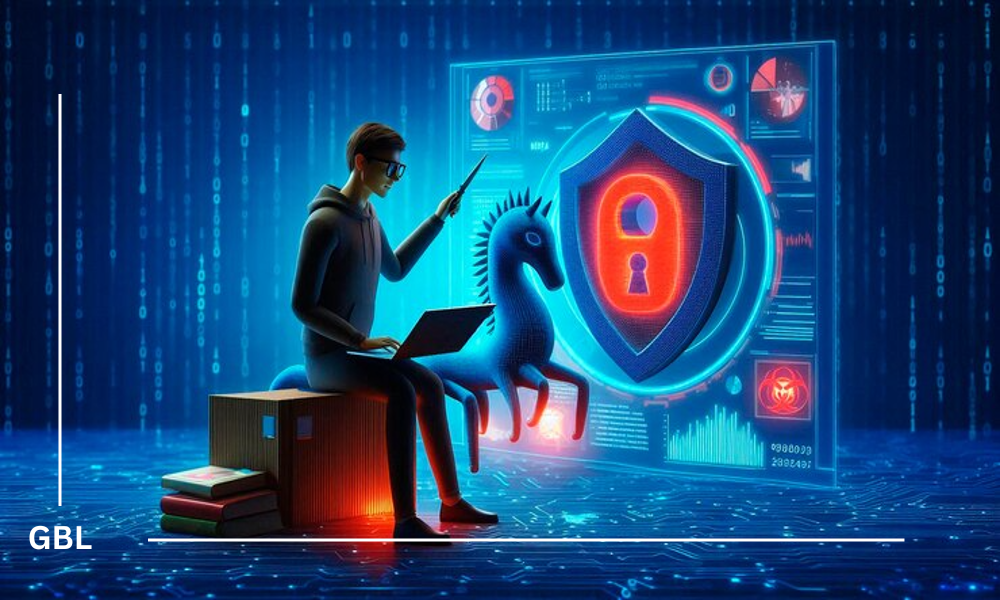In today’s digital age, where our personal and professional lives are deeply intertwined with technology, the importance of cryptography and encryption cannot be overstated. These technologies are the unsung heroes that protect our sensitive information, from online banking details to private messages.
At its core, cryptography is about keeping information safe from prying eyes. It involves transforming readable data into a secret code that can only be deciphered by someone with the right key. Encryption is the process of doing just that—converting plaintext into ciphertext to keep it secure. There are two main types: symmetric and asymmetric encryption. Symmetric encryption uses a single key to both encrypt and decrypt data, which makes it fast but requires careful key management. Asymmetric encryption, on the other hand, uses a pair of keys—one public and one private—making it more secure for sharing information over open channels.
Recent advancements in cryptography are making our digital interactions even more secure. Techniques like elliptic-curve cryptography (ECC) offer strong security with shorter keys, which means they’re more efficient and less demanding on system resources. Meanwhile, researchers are working on quantum-resistant algorithms to prepare for a future where quantum computers might be able to crack current encryption methods.
However, the world of cryptography is not without its challenges. As technology advances, so do the methods used by cybercriminals to break through security measures. This ongoing battle highlights the need for continuous improvement and vigilance in cryptographic practices. Balancing strong security with system performance is also a crucial consideration for developers and organizations.
For individuals and businesses alike, adopting robust encryption practices is essential. Keeping encryption systems up-to-date and following best practices helps safeguard against evolving threats. In a world where data breaches are becoming increasingly common, the role of cryptography and encryption in protecting our digital lives has never been more critical.
In summary, cryptography and encryption are the bedrock of digital security. They protect our private information from being exposed and ensure that our online interactions remain confidential. As we move forward, embracing the latest advancements and staying ahead of potential threats will be key to maintaining our digital safety.

















